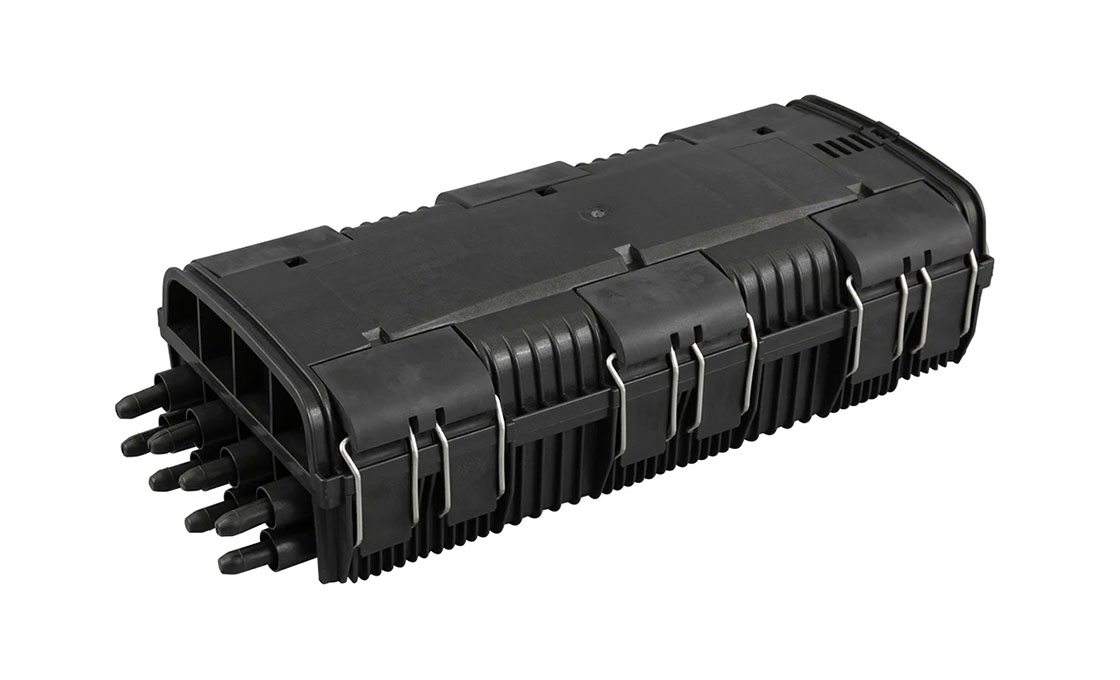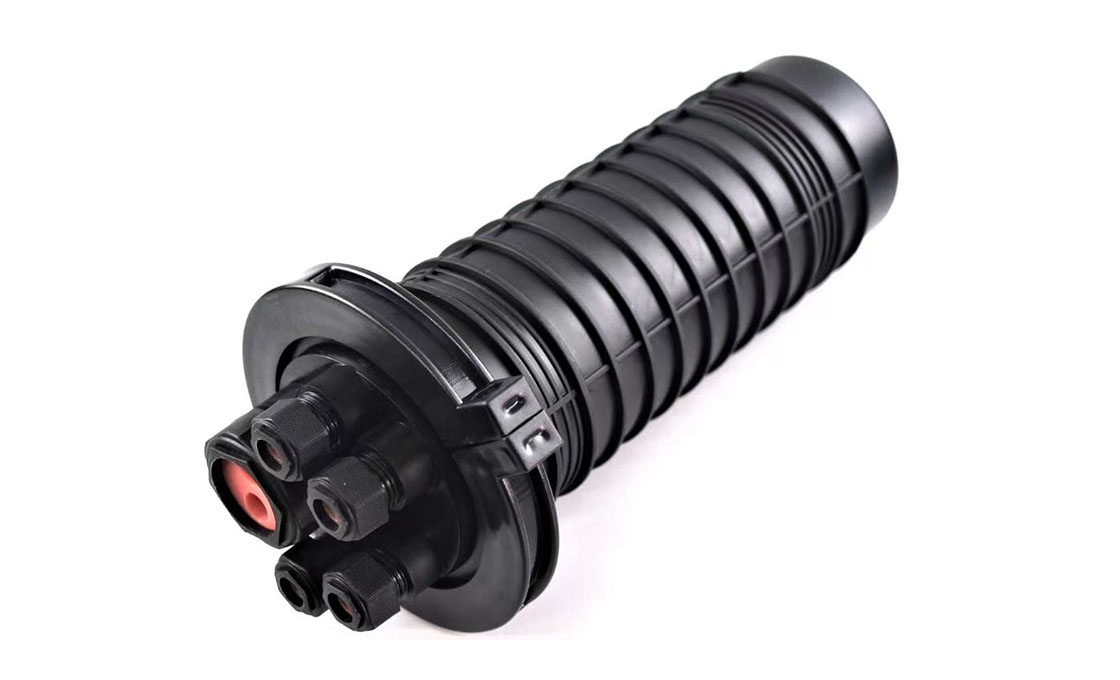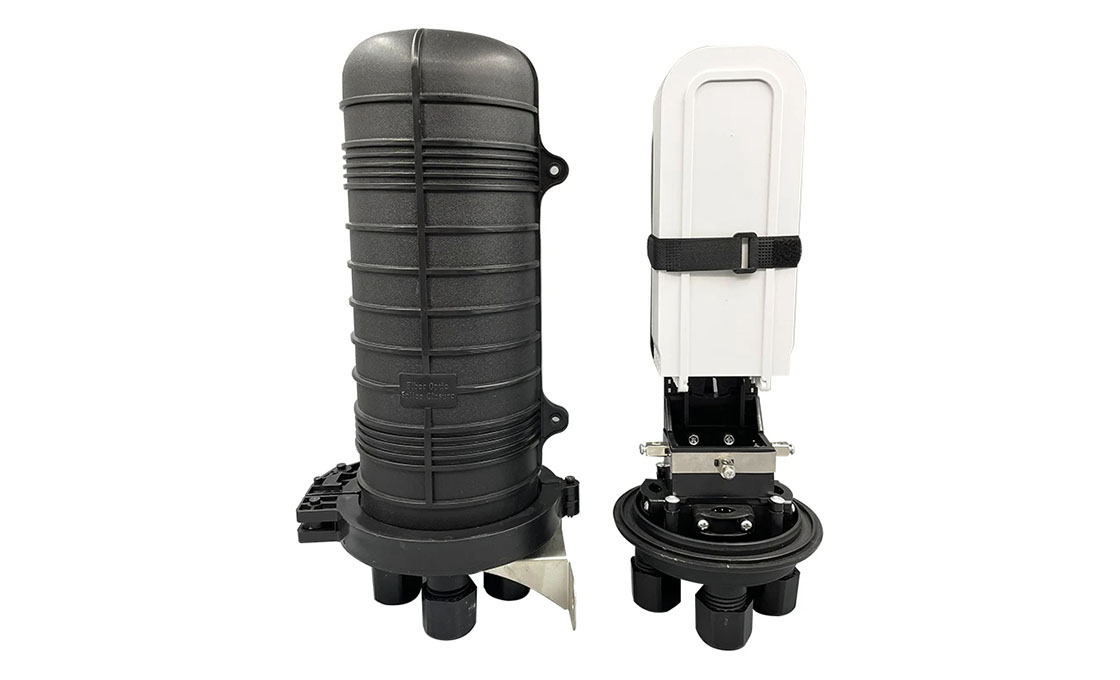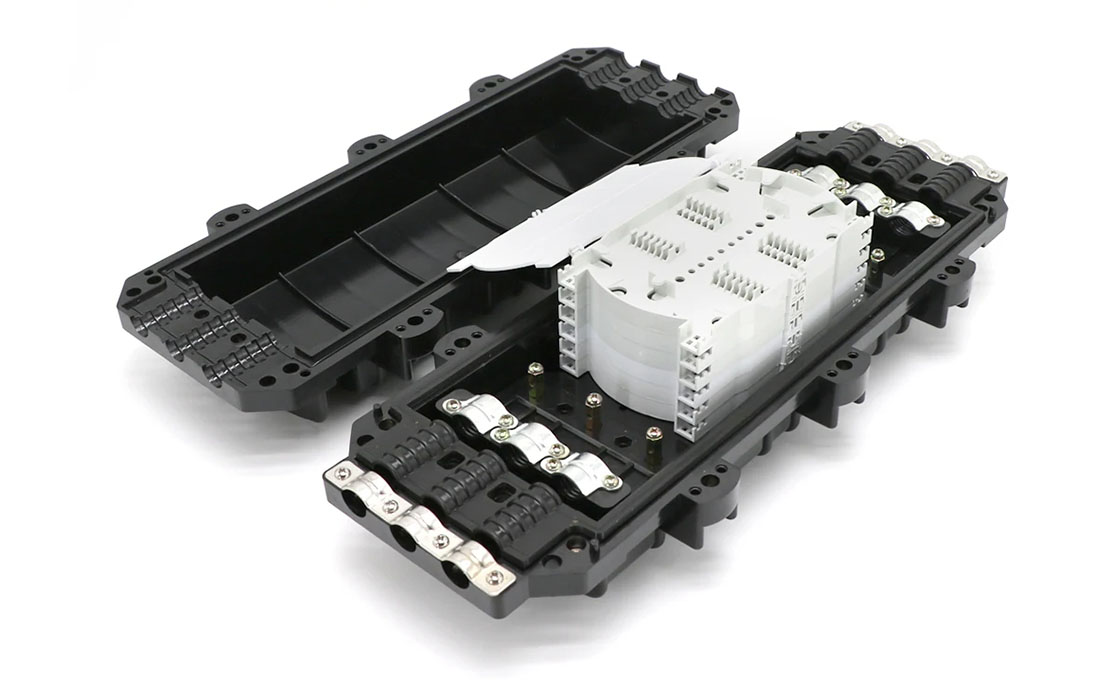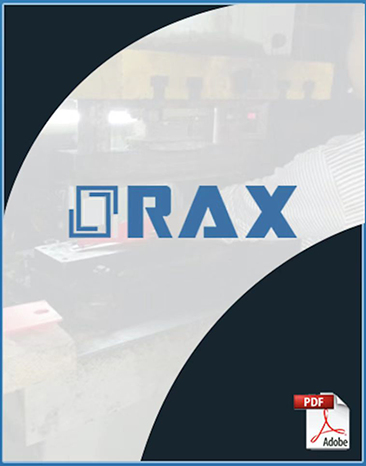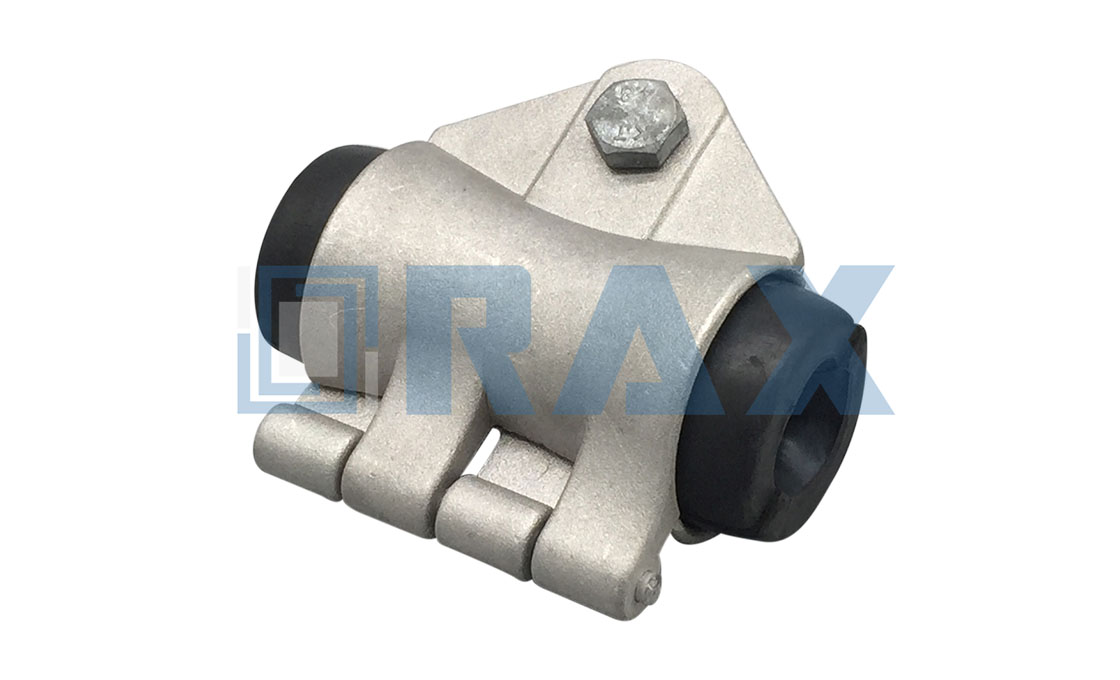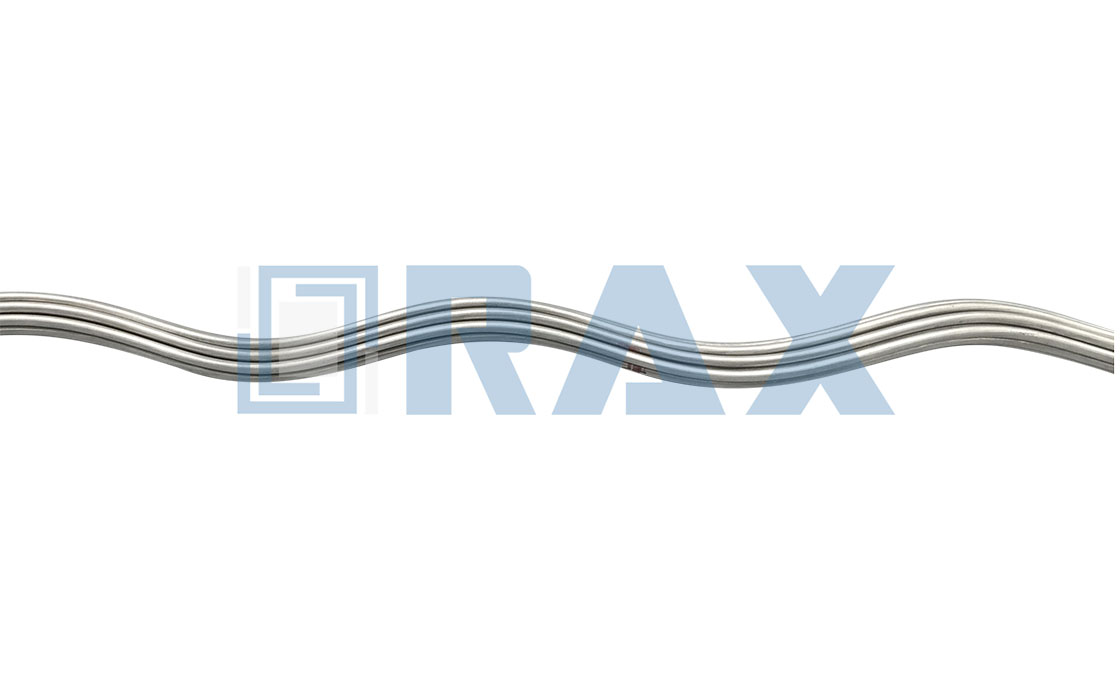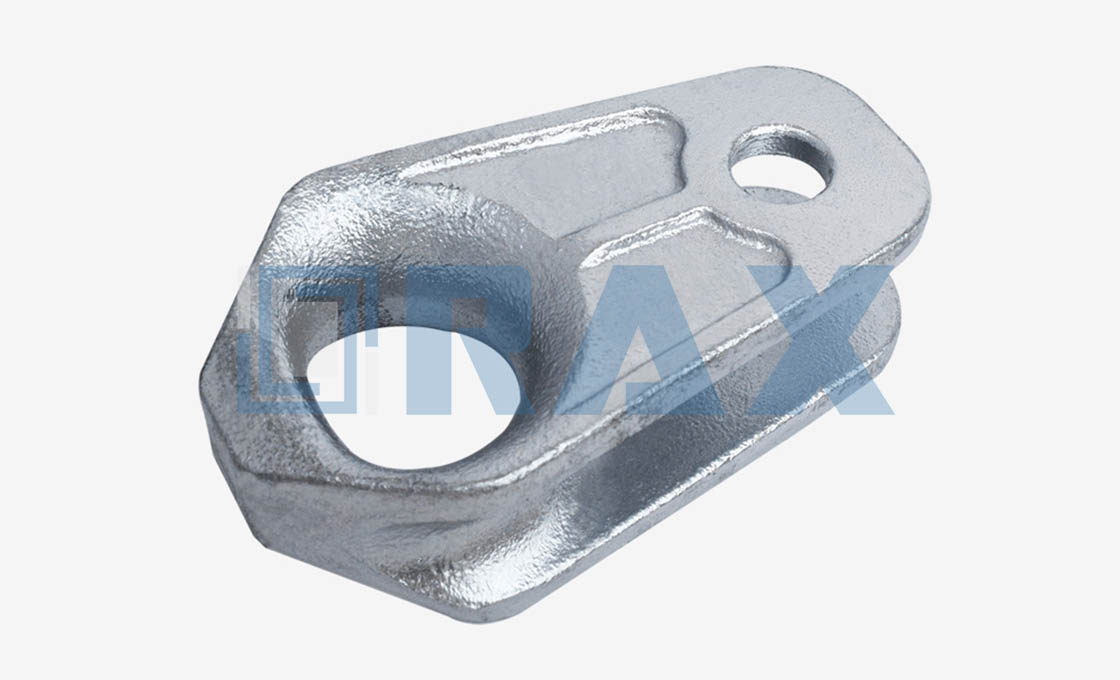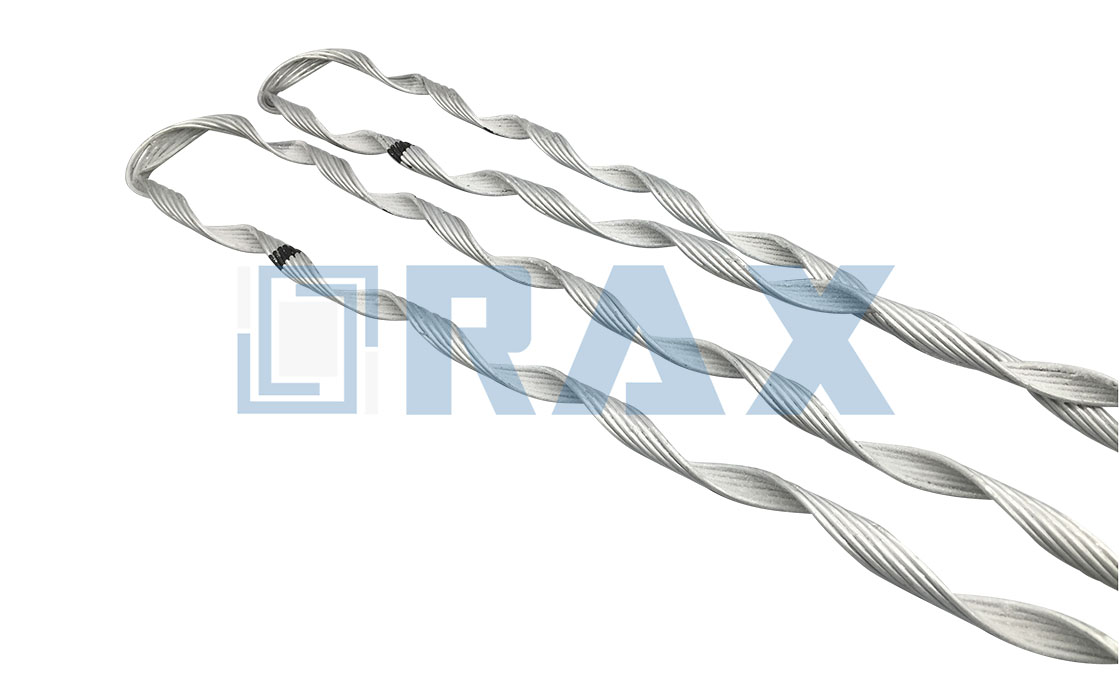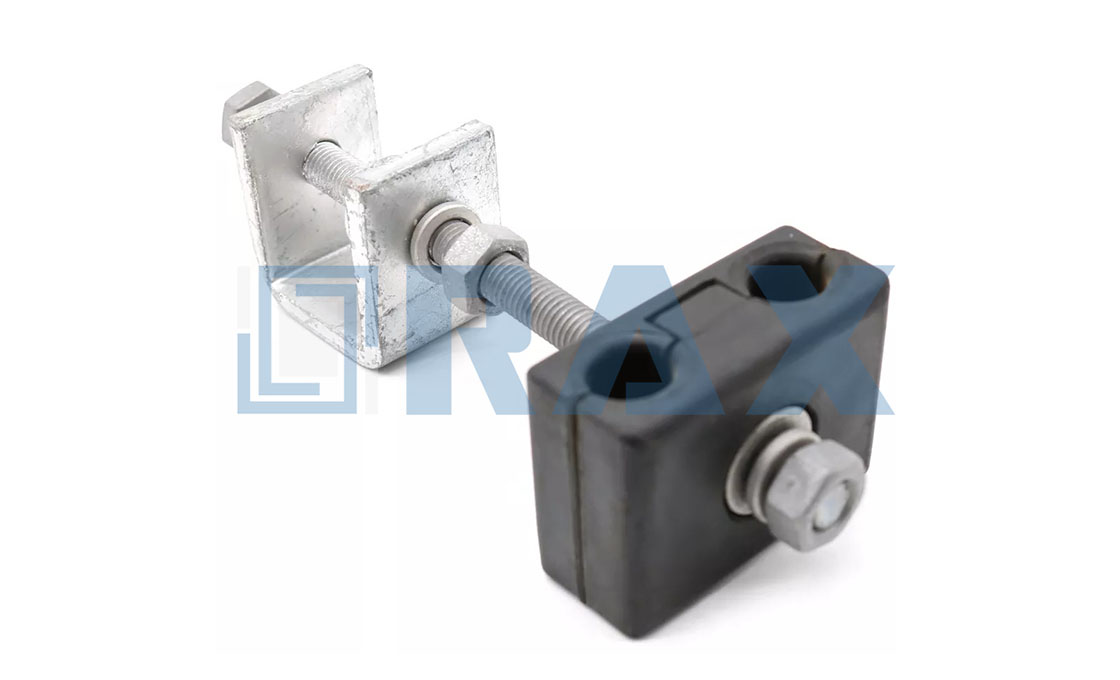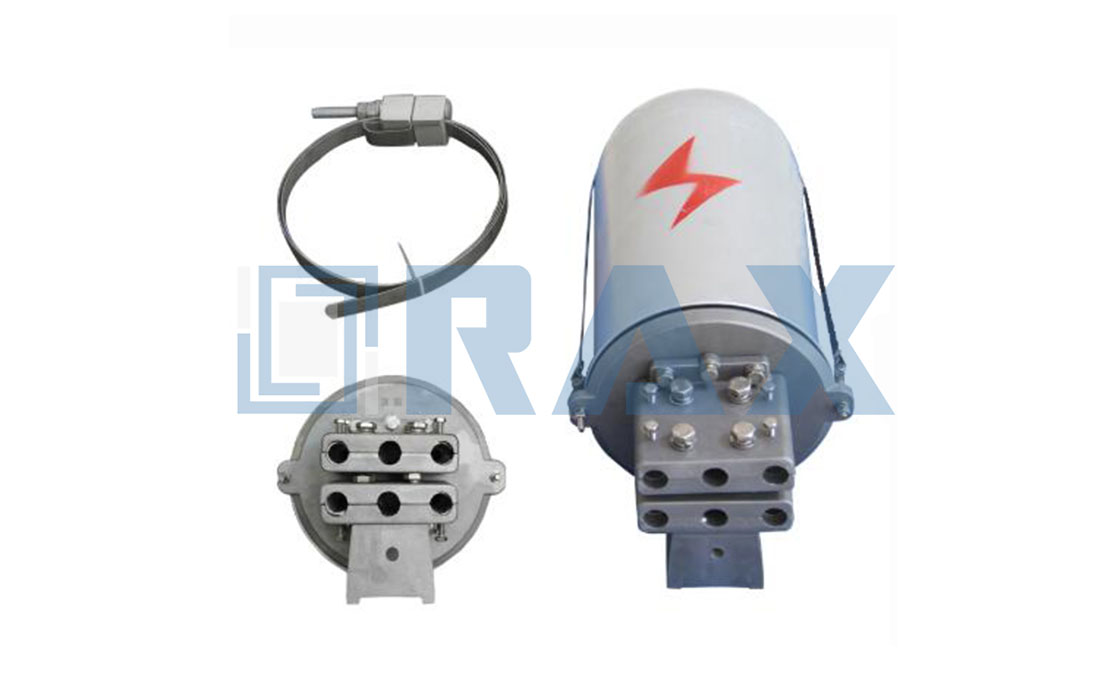Fibrt Optic Closure
Fiber Optic Closure is also called fiber Optic Splicing Closure. Fiber optic cable management is a necessity for the availability of these systems. The closure gives space to the connection of two cables and protects that splice and joint. Fiber optic closures are an essential tool in that management. It helps insulate it from external factors like extreme temperatures and weather conditions. They are used in aerial and FTTH “tap” installations as well.
Along with aerial installations, these closures are also used in outdoor fiber optic cable networks. In essence, fiber optic closures are a safeguard to protect stripped cables. Most of these tools are designed using weatherproof materials. They are also outfitted with watertight seals. The fiber optic splice closures and the fiber trays inside will protect the spliced fiber and the joint parts of the outdoor fiber cables. The design is quite genius.
As a professional manufacturer, Rax Industry can support all sizes of Fiber Optic Closures, We can also customize them according to your designs.
Key Features
- High tensile construction protects from aging
- Simple and easy installation
- Versatile use (both standard and ribbon fiber)
- Leakproof
- Guaranteed for 40mm+
- Wide range of accessories
- Able to be used in ground or aerial work
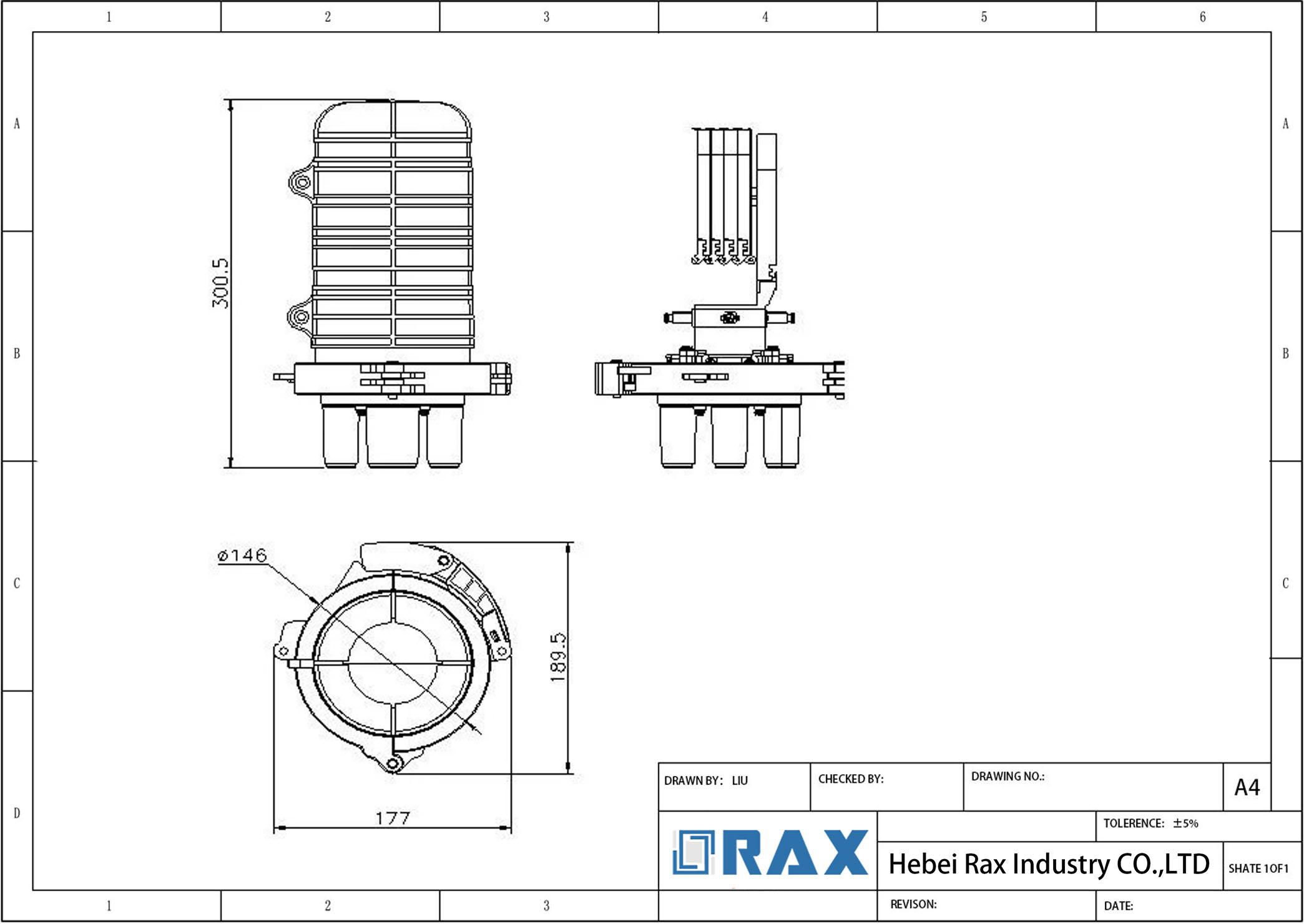
Type | FOSC-D001 | FOSC-D002 | FOSC-D003 | FOSC-D004 | FOSC-D005 | FOSC-D006 | |
Size(mm) | Φ190*310 | Φ190*410 | Φ190*435 | Φ210*540 | Φ230*435 | Φ230*550 | |
Cable diameter(mm) | Φ 8 – Φ 20 | Φ 7 – Φ 22 | Φ 7 – Φ 22 | Φ 7 – Φ 22 | Φ 10 – Φ 22 | Φ 7 – Φ 22 | |
Max splice tray(pcs) | 4 | 4 | 4 | 4 | 6 | 6 | |
Max capacity(core) | 48 | 96 | 96 | 96 | 144 | 144 | |
Cable port | 2 in, 2 out | 2 in, 2 out | 2 in, 2 out | 3 in, 3 out | 3 in, 3 out | 4 in, 4 out | |
Sealing structure | Heat shrinkable | Screw thread mechanical | Heat shrinkable | Heat shrinkable | Screw thread mechanical | Heat shrinkable | |
Weight(kg) | 1.9 | 2.5 | 2.4 | 3.5 | 3.2 | 2.7 | |
Fiber Optic Closure – A Guide
Modern communication systems are constantly evolving. And what does that mean? It means more and more communication systems are turning to fiber optics. The use of fiber optic closures allows for more secure and reliable connections.
Whether you are a seasoned professional or a newcomer, this guide is designed to equip you with everything you need to know to make informed decisions and optimize the performance of your network.
What are Fiber Optic Closures?
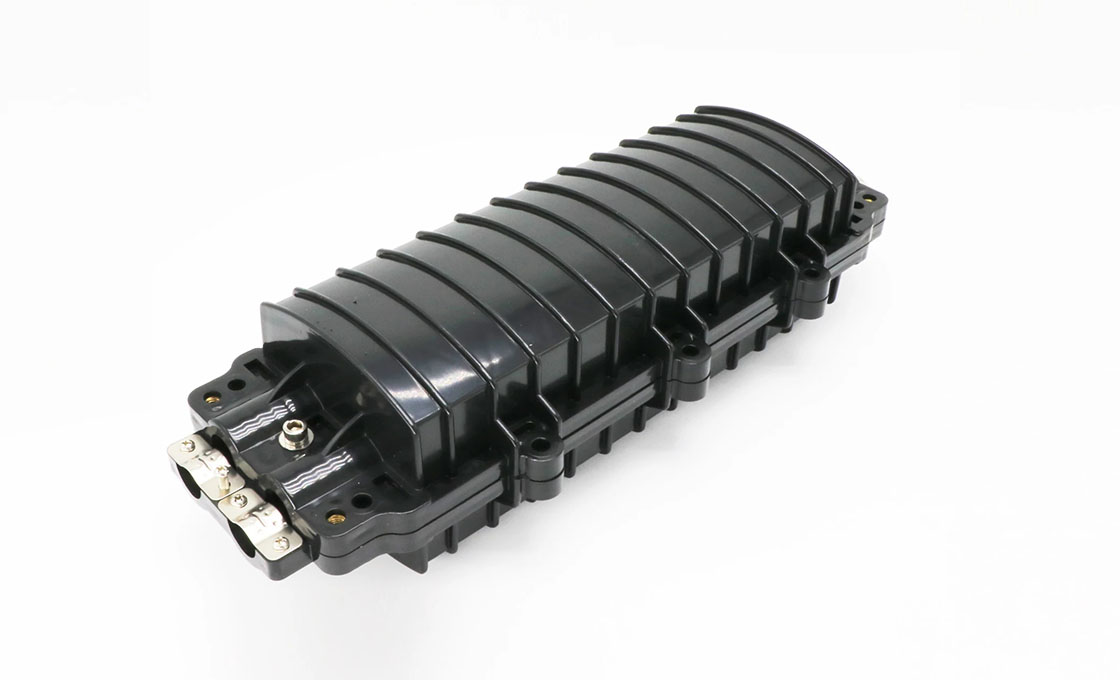 To get data and communications from one place to the other, these networks are expanding across the globe. The spliced fibers are key in ensuring these networks function properly.
To get data and communications from one place to the other, these networks are expanding across the globe. The spliced fibers are key in ensuring these networks function properly.
But these splices also leave the wires open to school operator damage caused by outside physical stress factors. Therefore, protection is needed, and that is what fiber optic closures offer.
These small but integral parts of the systems also offer a variety of installation possibilities. It extends the life cycle and offers better reliability when it comes to these connections.
Why Use Fiber Optic Closures?
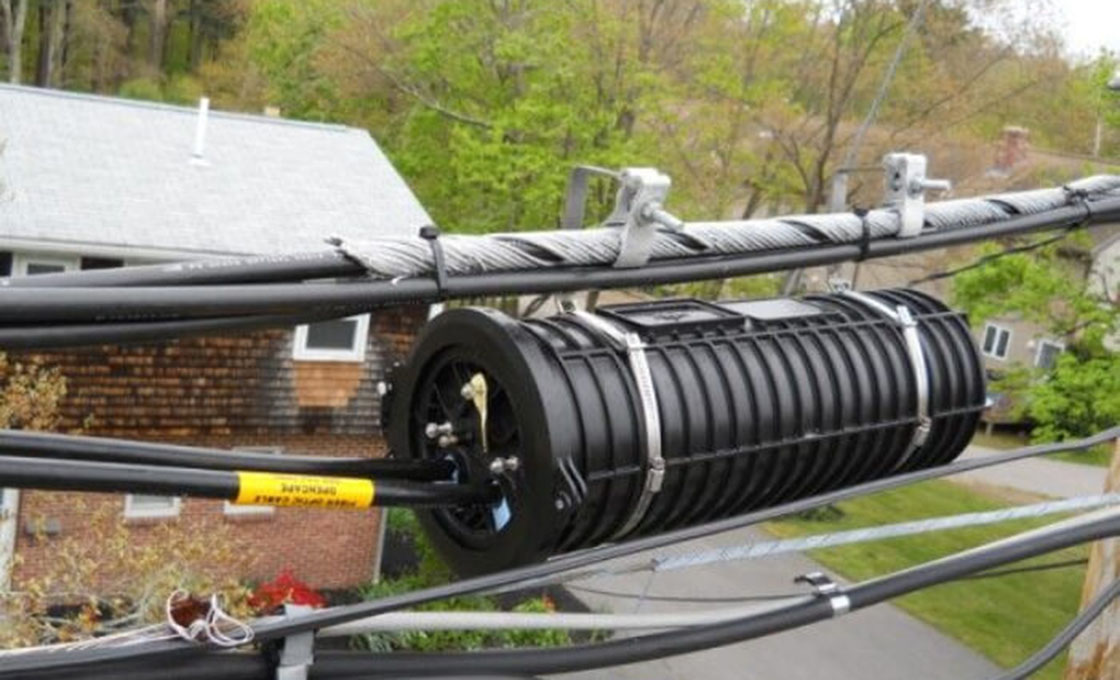
When it comes to the world’s communication infrastructure, there are numerous benefits that these tools bring. They protect and secure the optical cables used in these systems. But they also offer versatility in use and installation.
That makes them adaptable solutions in a wide range of industries and environments. On top of that, they also make the upkeep of those networks way easier.
What are the Different Types of Fiber Optic Closures?
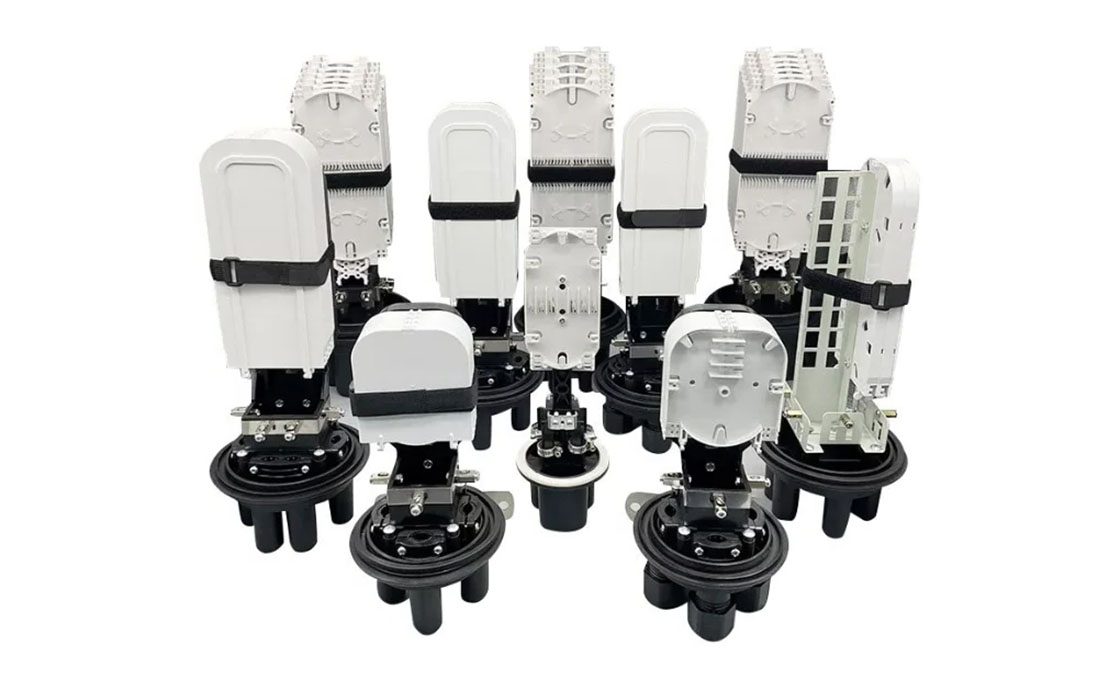 Catering to a wide range of installation possibilities, fiber optic closure comes in two main types. The Dome closure has inputs at both ends.
Catering to a wide range of installation possibilities, fiber optic closure comes in two main types. The Dome closure has inputs at both ends.
On the other hand, inline closures have a single entry at the bottom of the housing. Each of the closures varies in size, shape, and capacity.
How Do They Work
Fiber optics closure design creates a secure environment for those spliced optical fibers. This shields them from a wealth of environmental factors. Externally, each of the different types of fiber optic closures comes with different housing and entry points for the splices.
Internally, these closures have components like splice cassettes inside that protect and organize the spliced fibers. The construction overall is very robust, and the ceiling mechanisms work all together to maintain the fiber optic system integrity.
How Do You Use Them?
In order to ensure optimal network performance, some careful steps have to be executed. You want to start by choosing the right closure type based on your installation requirements. For dome closures, you want to connect cables at both ends.
While in line closures, look to have the cable inlet in one location. Once that’s done, you have to seal the closure and shield the spliced optical fibers securely. Installation of the closure is vital and must be done in the correct location. Once it is installed, regular inspection maintenance will be necessary.
Breaking Down the Components
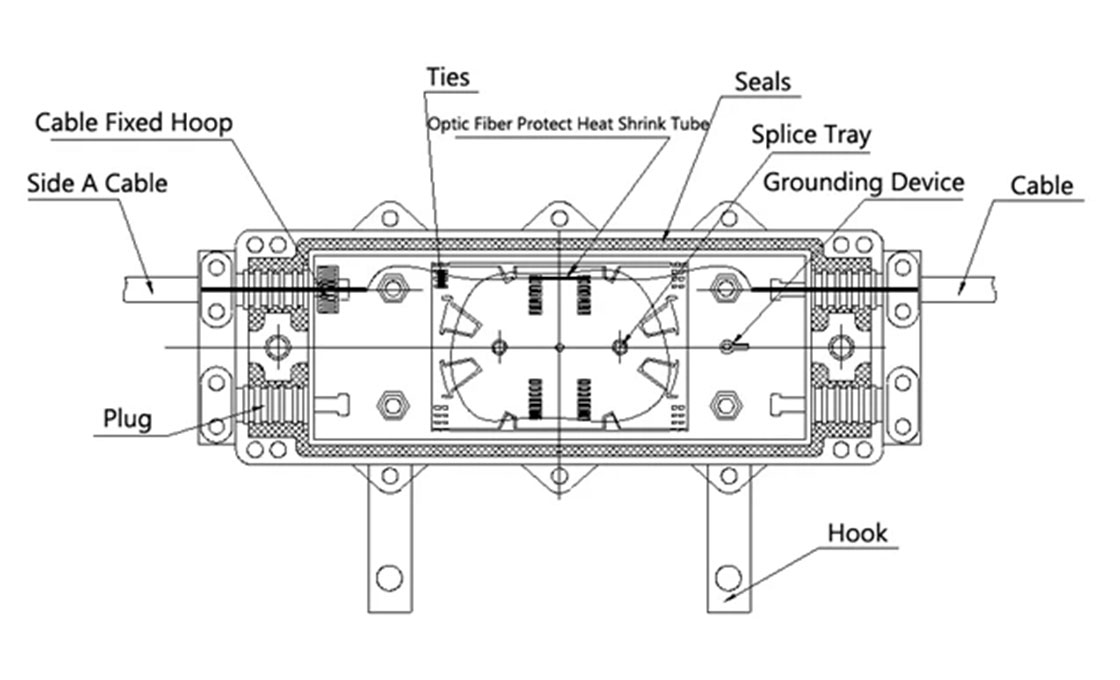 The fiber optic closure consists of several very vital components. Understanding these individual components is crucial for effectively deploying fiber optic closures in diverse network scenarios.
The fiber optic closure consists of several very vital components. Understanding these individual components is crucial for effectively deploying fiber optic closures in diverse network scenarios.
Housing
The housing or the outer structure of the fiber closure is typically designed with robust materials.
Sealing Mechanism
Any outdoor installation or indoor installation needs to be protected against potential water damage. The ceiling mechanism ensures the closure is secured from water, dust, and other external elements.
Cable Ports
Cable ports are the entry points for the optical cable to enter the closure. Domes have multiple inputs, whereas inlines have a singular.
Splice Cassettes
Multiple fiber optic cables will be entering these, and that means there has to be some organization, so cable management is handled by splice cassettes internally built into the closure.
Inner Chamber
The inner chamber is where the optical fiber splices will be accommodated and secured.
Versatile Fiber Splitters
Some models will also include a fiber splitter. This is a component that allows for the division of optical signals to enhance network capabilities.
Things to Look at When Purchasing a Fiber Optic Closure
It is crucial to choose the proper fiber optic closure for your installation. That being said, here are some factors to consider helping you do just that:
#1 Installation Environment
Are you installing the indoor outdoors aerial or underground? You need to assess where you’re placing it. This will make sure you have an enclosure that’s suitable for those environmental challenges that may arise.
#2 Closure Type
Choose the model that matches the cable entry configuration that you are utilizing in the network structure.
#3 Size and Capacity
Also, think about the size and capacity of the closure. You want to make sure you can accommodate the number of optical fibers and splicing that your network needs.
#4 Sealing Capability
Make sure to take a close look at the closure ceiling mechanism. You want to ensure that the unit you use can protect and maintain fiber integrity in your cable system.
#5 Maintenance Accessibility
Being able to get in and out to perform regular maintenance and repairs is crucial.
